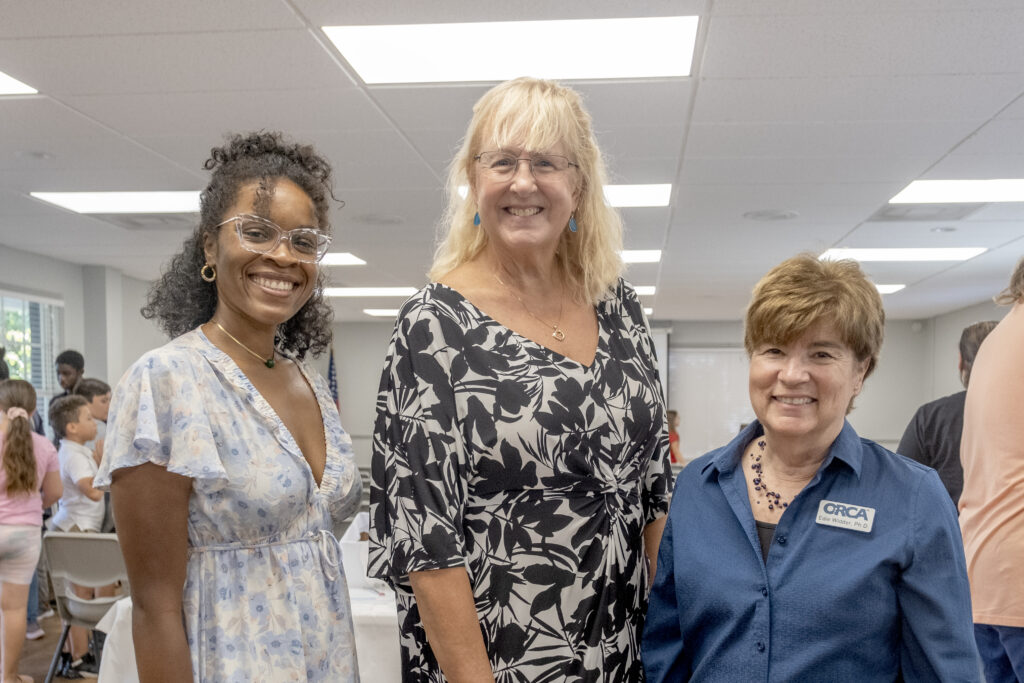Scientists and artists share an innate interest in the mysteries and splendors of the world as well as the challenges affecting it. That union was again highlighted at the third annual Team ORCA Data Jam, hosted by the Ocean Research and Conservation Association.
Held at the Riverhouse, the event challenges students and adults to study and analyze real science data sets collected by ORCA citizen scientists, and to use that data to tell science stories about the lagoon in an artistic fashion.
Instead of writing “boring reports,” participants devise artistically compelling ways to interpret scientific findings through dioramas, graphics, paintings, videos, sculptures or whatever other imaginative means they choose.
This year drew some 75 participants, including elementary and middle school students from 10 schools plus a smattering of adults, all competing for awards in their age groups.
“It’s based around our citizen science projects at ORCA, which is basically what it sounds like; teaching everyday citizens how to take real reliable data,” explained Jasmine Schwadron, ORCA education specialist and Data Jam coordinator.
“We opened four data sets. One is glyphosate in the water, from our ‘Day in the Life’ program. Glyphosate is the most common ingredient in herbicides like Roundup,” said Schwadron.
Incidences of mercury in fish was another, she said, using data derived through their One Health Fish Monitoring project, wherein the types of fish that people eat are collected from the lagoon and researched to ascertain what toxins might be in them.
Determining the number and types of microplastics, the “teeny tiny pieces of plastic that have eroded over the years,” and have been found in fish stomachs was another data set collected through One Health.
“And then the last one is our Pollution Mapping data, which is nutrients, like phosphate, nitrate, nitrite and ammonia in the water column and in the sediments collected across 28 sites in the lagoon,” said Schwadron.
There were very few rules, other than that videos had to be under five minutes.
“Otherwise, they could make literally anything that depicts the data,” she added.
Participants accessed the data sets on the ORCA Data Jam page, and it was clear that a lot of research and thought went into each of the projects. For example, middle schooler Andrew Murray chose to highlight the issue of mercury in fish with a pie chart on a paper plate topped with a realistic-looking fish replica. Then, having learned that Brevard County had a high concentration of mercury in fish, he incorporated a “cool detail.”
“So as a garnish on top of the dead fish, I decided to use a special plant called Dicerandra thinicola. It only grows in Brevard County out of the entire world,” said Murray. “And then the fish I chose was the spotted sea trout because they’re the most human-consumed fish in Florida.”
Before handing out awards, Schwadron expressed thanks to everyone for their creative entries.
“There are so many more people than last time, and the projects are fantastic. It’s wonderful to see the imagination that goes into it from all different ages,” said Schwadron.
The innovative artists’ interpretations were the perfect lead-in to a presentation by ORCA founder and CEO Edie Widder, on Why Art Matters in Science.
For more information, visit TeamORCA.org.
Photos by Joshua Kodis

